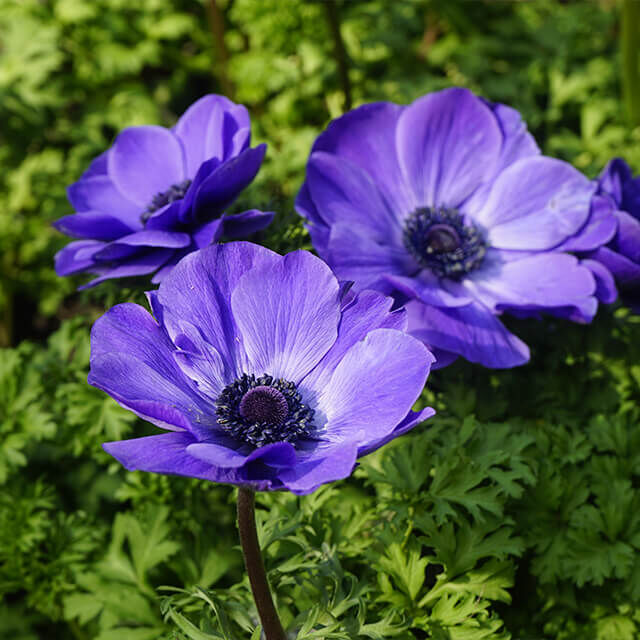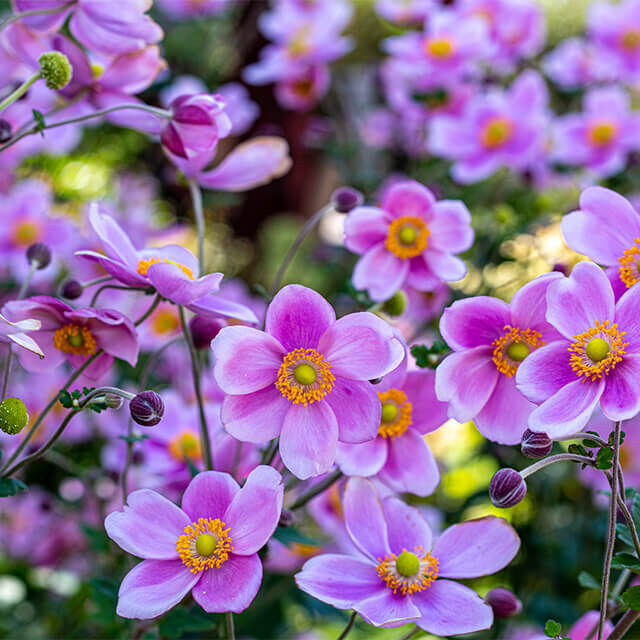Anemone: Origin and Care Tips

The anemone is a fascinating perennial that blooms either in spring, summer or autumn, depending on the species. Their growth height varies from small woodland flowers to imposing bedding plants. Particularly exciting: the delicate flowers of this ornamental plant react to even the slightest breeze - hence its name ‘anemone’.
Origin and species diversity
The plant genus Anemone belongs to the buttercup family (Ranunculaceae) and is mainly native to the Mediterranean countries and Western Asia. There are over 120 species, which are divided into different groups. The crown anemone and the autumn anemones are particularly well known.
What types of anemones are there?
Back to top














